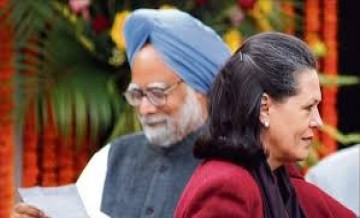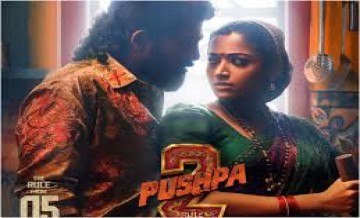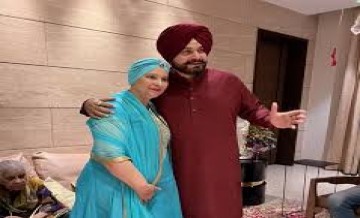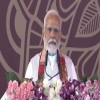Victory of good over evil celebrated across India annually.
By VNI India | Posted on 12th Oct 2024 |
English
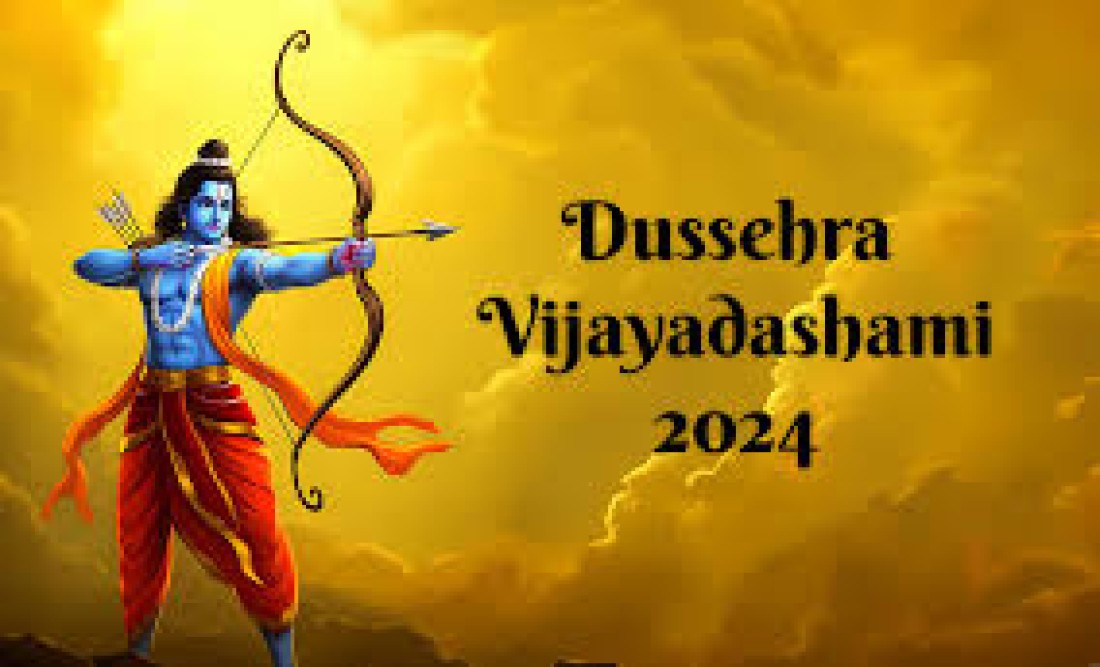
New Delhi,12 October,VNI Dussehra, also known as Vijayadashami, will be celebrated on October 12, 2024. The festival marks the victory of good over evil and commemorates the defeat of the demon king Ravana, who kidnapped Sita. On this day, effigies of Ravana, as well as Kumbhakaran and Meghnad, will be burnt across India, symbolizing Lord Rama's triumph over Ravana and his army.
There are two main legends associated with Dussehra. One is the story of Lord Rama’s victory over Ravana. During his 14-year exile, Ravana, disguised as a sadhu, kidnapped Mata Sita. Lord Rama, along with his brother Lakshmana and the monkey army led by Hanuman, waged a fierce battle against Ravana. After ten days of intense combat, Lord Rama emerged victorious on the tenth day, which is celebrated as Dussehra. Every year, this victory is symbolized by the burning of Ravana's effigy.
The second legend associated with Dussehra is the story of Goddess Durga’s battle with the buffalo demon Mahishasura. Mahishasura, empowered by a boon that made him invincible to both humans and gods, terrorized the world. In response, Lord Vishnu, Lord Shiva, and Lord Brahma combined their powers to create Maa Durga. She fought Mahishasura for nine nights during Navratri and defeated him on the tenth day, which is celebrated as Vijayadashami.
Dussehra holds immense significance as a symbol of the victory of good over evil. It reinforces the belief that no matter how powerful evil may seem, good will always prevail. The festival also marks the end of Navratri and the beginning of the Diwali festivities, which celebrate Lord Rama’s return to Ayodhya after defeating Ravana. In modern times, Dussehra also represents personal victory over temptations and indulgences. The nine days of Navratri encourage self-reflection, purification, and the commitment to personal growth.
Across India, Dussehra is celebrated in various ways. One of the most popular traditions is the Ramlila, a dramatic reenactment of Lord Rama’s life and his victory over Ravana. On the day of Dussehra, effigies of Ravana, Kumbhakaran, and Meghnad are burned, symbolizing the destruction of evil. The festivities are often accompanied by fireworks, rituals, and prayers. In some parts of India, especially in Bengali communities, married women take part in Sindoor Khela, where they apply sindoor to one another and bid farewell to Maa Durga by immersing her idol in water.
In Himachal Pradesh, Kullu Dussehra is celebrated with vibrant fairs and festivities, and some communities now incorporate the burning of Ravana’s effigy. In Mysore, Dussehra is observed with grandeur, as the royal family leads a procession of horses, elephants, and weapons to honor Maa Chamundeshwari, who is believed to have defeated Mahishasura.
Leave a Comment:
No comments found. Be a first comment here!
